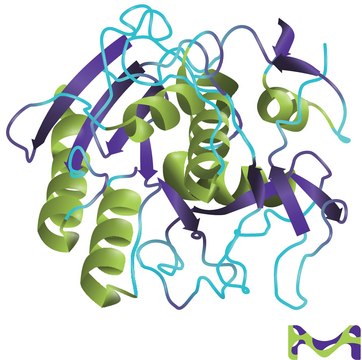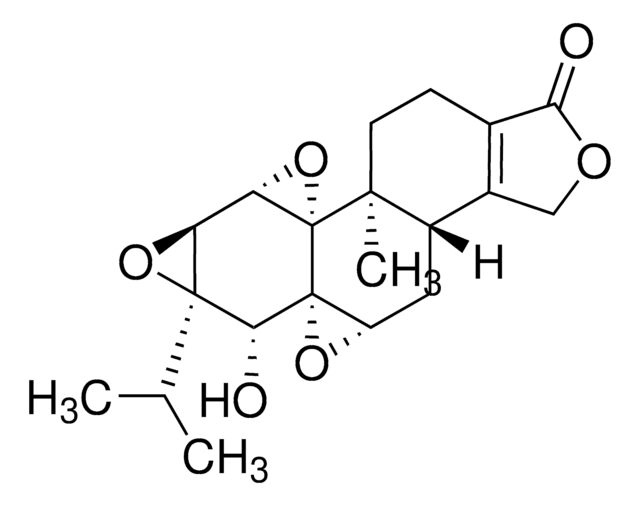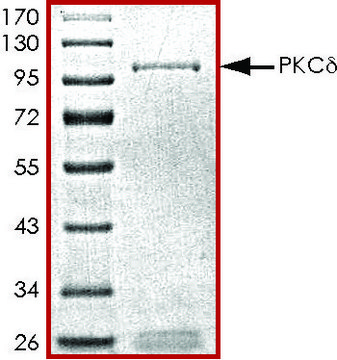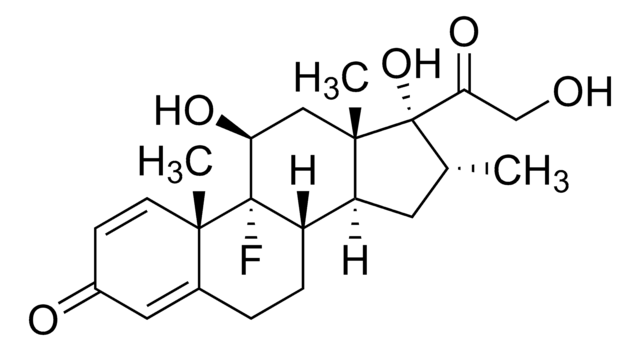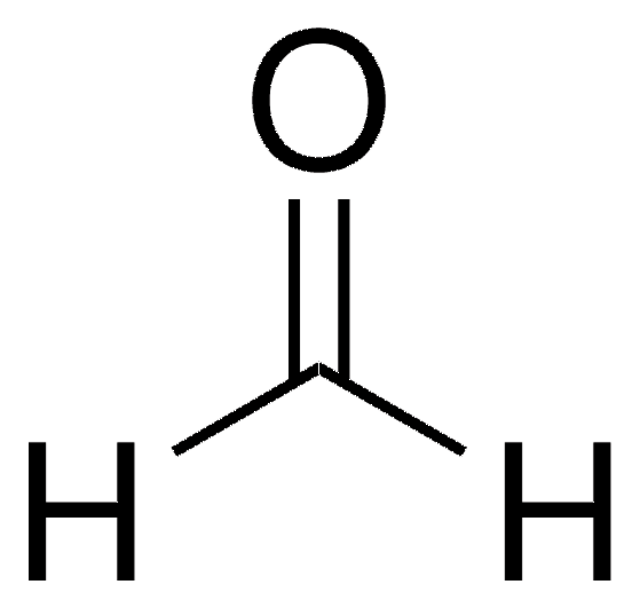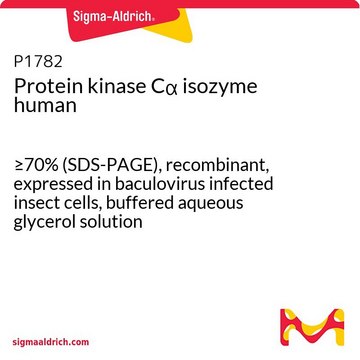P8538
Protein Kinase Cδ isozyme human
>95% (SDS-PAGE), recombinant, expressed in baculovirus infected insect cells, buffered aqueous glycerol solution
Synonym(s):
Ca2+-activated phospholipid-dependent serine-threonine kinase δ isozyme human, PKCδ human
Sign Into View Organizational & Contract Pricing
All Photos(1)
About This Item
Recommended Products
recombinant
expressed in baculovirus infected insect cells
Quality Level
Assay
>95% (SDS-PAGE)
form
buffered aqueous glycerol solution
mol wt
74-79 kDa by SDS-PAGE
UniProt accession no.
shipped in
dry ice
storage temp.
−70°C
Gene Information
human ... PRKCD(5580)
Biochem/physiol Actions
PKCδ is involved in the induction of apoptosis in many cell types.
Protein Kinase C (PKC) is a serine/threonine kinase that is activated intracellularly by signal transduction pathways that produce DAG from phosphatidylinositol diphosphate (PIP2) and phosphatidylcholine (PC) through the action of various activated phospholipases. Phorbol esters also stimulate PKC. At least 11 PKC isozymes have been identified that differ in primary structure, tissue distribution, subcellular localization, response to extracellular signals, and substrate specificity. The isozymes can be grouped into three subfamilies. Members of the first family require Ca2+ and phospholipid and include PKCα, βI, βII, and γ. Members of the second family are phospholipid-dependent but Ca2+-independent, and include PKCδ, ε, η, and θ. Members of the third family are not activated by either DAG or phorbol esters and include PKCξ, μ, and ι.
Phosphorylation appears to be an important mechanism of regulation of all PKCs. PKC plays a role in the regulation of cell transformation, growth, differentiation, ruffling, vesicle trafficking, apoptosis and gene expression.
Phosphorylation appears to be an important mechanism of regulation of all PKCs. PKC plays a role in the regulation of cell transformation, growth, differentiation, ruffling, vesicle trafficking, apoptosis and gene expression.
Unit Definition
One unit will transfer 1 nmol of phosphate to PKC epsilon substrate peptide in 1 min at pH 7.4 at 30 °C.
Physical form
Solution in 20 mM HEPES, pH 7.4; 2 mM EDTA, 2 mM EGTA, 5 mM DTT, 100 mM NaCl, 0.05% Triton X-100, and 50% glycerol.
Storage Class Code
10 - Combustible liquids
WGK
WGK 1
Flash Point(F)
Not applicable
Flash Point(C)
Not applicable
Personal Protective Equipment
dust mask type N95 (US), Eyeshields, Gloves
Choose from one of the most recent versions:
Already Own This Product?
Find documentation for the products that you have recently purchased in the Document Library.
Our team of scientists has experience in all areas of research including Life Science, Material Science, Chemical Synthesis, Chromatography, Analytical and many others.
Contact Technical Service
